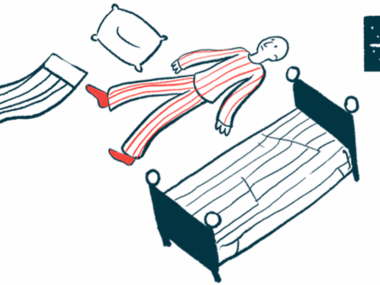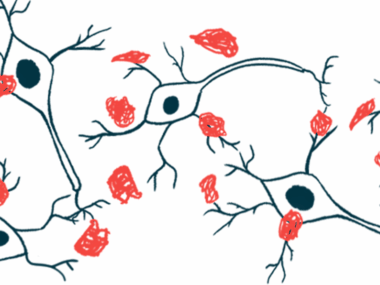3D brain model aims to validate specialized MRI imaging techniques
'Phantoms' made to mimic small structural details of nerve cells in the brain
Written by |

A 3D-printed, high-resolution model of the brain has been developed that will offer a promising tool for advancing research into neurodegenerative conditions such as Parkinson’s disease.
Dubbed a “brain phantom,” the models were made to mimic the small structural details of nerve cells in the brain, but they aren’t live tissue and don’t function like a brain. The structures are being used to validate a specialized MRI technique that may be able to analyze small nerve structures, but which has been difficult to use clinically due to limitations in obtaining brain tissue for comparison.
“We have successfully utilized a high-resolution 3D printing technique for manufacturing MRI-compatible objects,” the researchers wrote, noting the findings lay the groundwork for using these advanced imaging techniques in the clinic. The study, “Toward Printing the Brain: A Microstructural Ground Truth Phantom for MRI,” was published in Advanced Materials Technologies.
MRI imaging is central for diagnosing and monitoring people with a variety of brain diseases, including Parkinson’s. A specialized type of MRI, called diffusion imaging MRI (dMRI), can help researchers see in more detail and with more clarity very small structural changes in brain tissue, including the direction and intersection of nerve fibers.
While dMRI is used widely in research, its clinical utility is limited. That’s because it’s been difficult to validate its accuracy. Such validation requires a comparison with a gold standard method, but a feasible comparator doesn’t exist, for various reasons. Validating dMRI will mean designing inanimate test objects, or phantoms. Such objects are designed with certain structural features, so it’ll be easy to tell how well dMRI analyses are capturing them.
Still, it’s important that the phantoms reflect the complexity of the tissue they’re designed to model, even at the microstructural level. The brain, where nerve cell projections, or axons, form complex and intersecting patterns can make doing this a challenge.
Validating specialized MRI imaging
Here, scientists used a 3D-printing technology to develop brain phantoms that can reflect the complexity of the network of nerve cells in the brain by employing a high-resolution printing technique called two-photon polymerization.
To the human eye, the phantoms don’t look much like a real brain, being smaller in size and cube shaped. They contain extremely fine, water-filled channels five times thinner than a human hair and about the size of the cranial nerves in a human brain. These microchannels are designed to mimic the behavior of nerve cell axons when imaged with dMRI.
When the phantoms were viewed under dMRI, the researchers could capture nerve cell structures effectively and with good resolution.
Having a model that reproduces natural nerve structures means dMRI analysis software can be better trained and therefore will be able to analyze images more accurately, the scientists said.
“Using the newly developed brain phantom, we can adjust the analysis software much more precisely and thus improve the quality of the measured data and reconstruct the neural architecture of the brain more accurately,” Michael Woletz, PhD, of the Medical University of Vienna and one of the study’s first authors, said in a university press release.
Woletz said the improvement is not unlike the strategies used to get better photographs from a mobile phone camera.
“We see the greatest progress in photography with mobile phone cameras not necessarily in new, better lenses, but in the software that improves the captured images,” Woletz said.
Still, the phantoms are a “significant simplification” of human brain tissue. Now that they’ve established proof-of-concept, the researchers will work on making more complex models and on scaling up their method.
While the two-photon polymerization approach is very good for printing high-resolution details, “it takes a correspondingly long time to print,” said co-first author Franziska Chalupa-Gantner, PhD, of the Vienna University of Technology. “We are therefore not only aiming to develop even more complex designs, but also to further optimize the printing process itself.”






